Source for this related gaming news is as simple as you click This website and read another one!
Source for this related gaming news is as simple as you click This website and read another one!
Source for this related gaming news is as simple as you click This website and read another one!
Source for this related gaming news is as simple as you click This website and read another one!
Source for this related gaming news is as simple as you click This website and read another one!
Source for this related gaming news is as simple as you click This website and read another one!
Source for this related gaming news is as simple as you click This website and read another one!
Source for this related gaming news is as simple as you click This website and read another one!
Source for this related gaming news is as simple as you click This website and read another one!
Source for this related gaming news is as simple as you click This website and read another one!
Source for this related gaming news is as simple as you click This website and read another one!
Source for this related gaming news is as simple as you click This website and read another one!
Source for this related gaming news is as simple as you click This website and read another one!
Source for this related gaming news is as simple as you click This website and read another one!
Source for this related gaming news is as simple as you click This website and read another one!
Source for this related gaming news is as simple as you click This website and read another one!
Source for this related gaming news is as simple as you click This website and read another one!
Source for this related gaming news is as simple as you click This website and read another one!
Source for this related gaming news is as simple as you click This website and read another one!
Source for this related gaming news is as simple as you click This website and read another one!
Source for this related gaming news is as simple as you click This website and read another one!
Source for this related gaming news is as simple as you click This website and read another one!
Source for this related gaming news is as simple as you click This website and read another one!
Source for this related gaming news is as simple as you click This website and read another one!
Source for this related gaming news is as simple as you click This website and read another one!
Source for this related gaming news is as simple as you click This website and read another one!
Source for this related gaming news is as simple as you click This website and read another one!
Source for this related gaming news is as simple as you click This website and read another one!
Source for this related gaming news is as simple as you click This website and read another one!
Source for this related gaming news is as simple as you click This website and read another one!
Source for this related gaming news is as simple as you click This website and read another one!
Source for this related gaming news is as simple as you click This website and read another one!
Source for this related gaming news is as simple as you click This website and read another one!
Source for this related gaming news is as simple as you click This website and read another one!
Source for this related gaming news is as simple as you click This website and read another one!
Source for this related gaming news is as simple as you click This website and read another one!
Source for this related gaming news is as simple as you click This website and read another one!
Source for this related gaming news is as simple as you click This website and read another one!
Source for this related gaming news is as simple as you click This website and read another one!
Source for this related gaming news is as simple as you click This website and read another one!
Source for this related gaming news is as simple as you click This website and read another one!
Source for this related gaming news is as simple as you click This website and read another one!
Source for this related gaming news is as simple as you click This website and read another one!
Source for this related gaming news is as simple as you click This website and read another one!
Source for this related gaming news is as simple as you click This website and read another one!
Source for this related gaming news is as simple as you click This website and read another one!
Source for this related gaming news is as simple as you click This website and read another one!
Source for this related gaming news is as simple as you click This website and read another one!
Source for this related gaming news is as simple as you click This website and read another one!
Source for this related gaming news is as simple as you click This website and read another one!
Source for this related gaming news is as simple as you click This website and read another one!
Source for this related gaming news is as simple as you click This website and read another one!
Source for this related gaming news is as simple as you click This website and read another one!
Source for this related gaming news is as simple as you click This website and read another one!
Source for this related gaming news is as simple as you click This website and read another one!
Source for this related gaming news is as simple as you click This website and read another one!
Source for this related gaming news is as simple as you click This website and read another one!
Source for this related gaming news is as simple as you click This website and read another one!
Source for this related gaming news is as simple as you click This website and read another one!
Source for this related gaming news is as simple as you click This website and read another one!
Source for this related gaming news is as simple as you click This website and read another one!
Source for this related gaming news is as simple as you click This website and read another one!
Source for this related gaming news is as simple as you click This website and read another one!
Source for this related gaming news is as simple as you click This website and read another one!
Source for this related gaming news is as simple as you click This website and read another one!
Source for this related gaming news is as simple as you click This website and read another one!
Source for this related gaming news is as simple as you click This website and read another one!
Source for this related gaming news is as simple as you click This website and read another one!
Source for this related gaming news is as simple as you click This website and read another one!
Source for this related gaming news is as simple as you click This website and read another one!
Source for this related gaming news is as simple as you click This website and read another one!
Source for this related gaming news is as simple as you click This website and read another one!
Source for this related gaming news is as simple as you click This website and read another one!
Source for this related gaming news is as simple as you click This website and read another one!
Source for this related gaming news is as simple as you click This website and read another one!
Source for this related gaming news is as simple as you click This website and read another one!
Source for this related gaming news is as simple as you click This website and read another one!
Source for this related gaming news is as simple as you click This website and read another one!
Source for this related gaming news is as simple as you click This website and read another one!
Source for this related gaming news is as simple as you click This website and read another one!
Source for this related gaming news is as simple as you click This website and read another one!
Source for this related gaming news is as simple as you click This website and read another one!
Source for this related gaming news is as simple as you click This website and read another one!
Source for this related gaming news is as simple as you click This website and read another one!
Source for this related gaming news is as simple as you click This website and read another one!
Source for this related gaming news is as simple as you click This website and read another one!
Source for this related gaming news is as simple as you click This website and read another one!
Source for this related gaming news is as simple as you click This website and read another one!
Source for this related gaming news is as simple as you click This website and read another one!
Source for this related gaming news is as simple as you click This website and read another one!
Source for this related gaming news is as simple as you click This website and read another one!
Source for this related gaming news is as simple as you click This website and read another one!
Source for this related gaming news is as simple as you click This website and read another one!
Source for this related gaming news is as simple as you click This website and read another one!
Source for this related gaming news is as simple as you click This website and read another one!
Source for this related gaming news is as simple as you click This website and read another one!
Source for this related gaming news is as simple as you click This website and read another one!
Source for this related gaming news is as simple as you click This website and read another one!
Source for this related gaming news is as simple as you click This website and read another one!
Source for this related gaming news is as simple as you click This website and read another one!
Source for this related gaming news is as simple as you click This website and read another one!
Source for this related gaming news is as simple as you click This website and read another one!
Source for this related gaming news is as simple as you click This website and read another one!
Source for this related gaming news is as simple as you click This website and read another one!
Source for this related gaming news is as simple as you click This website and read another one!
Source for this related gaming news is as simple as you click This website and read another one!
Source for this related gaming news is as simple as you click This website and read another one!
Source for this related gaming news is as simple as you click This website and read another one!
Source for this related gaming news is as simple as you click This website and read another one!
Source for this related gaming news is as simple as you click This website and read another one!
Source for this related gaming news is as simple as you click This website and read another one!
Source for this related gaming news is as simple as you click This website and read another one!
Source for this related gaming news is as simple as you click This website and read another one!
Source for this related gaming news is as simple as you click This website and read another one!
Source for this related gaming news is as simple as you click This website and read another one!
Source for this related gaming news is as simple as you click This website and read another one!
Source for this related gaming news is as simple as you click This website and read another one!
Source for this related gaming news is as simple as you click This website and read another one!
Source for this related gaming news is as simple as you click This website and read another one!
Source for this related gaming news is as simple as you click This website and read another one!
Source for this related gaming news is as simple as you click This website and read another one!
Source for this related gaming news is as simple as you click This website and read another one!
Source for this related gaming news is as simple as you click This website and read another one!
Source for this related gaming news is as simple as you click This website and read another one!
Source for this related gaming news is as simple as you click This website and read another one!
Source for this related gaming news is as simple as you click This website and read another one!
Source for this related gaming news is as simple as you click This website and read another one!
Source for this related gaming news is as simple as you click This website and read another one!
Source for this related gaming news is as simple as you click This website and read another one!
Source for this related gaming news is as simple as you click This website and read another one!
Source for this related gaming news is as simple as you click This website and read another one!
Source for this related gaming news is as simple as you click This website and read another one!
Source for this related gaming news is as simple as you click This website and read another one!
Source for this related gaming news is as simple as you click This website and read another one!
Source for this related gaming news is as simple as you click This website and read another one!
Source for this related gaming news is as simple as you click This website and read another one!
Source for this related gaming news is as simple as you click This website and read another one!
Source for this related gaming news is as simple as you click This website and read another one!
Source for this related gaming news is as simple as you click This website and read another one!
Source for this related gaming news is as simple as you click This website and read another one!
Source for this related gaming news is as simple as you click This website and read another one!
Source for this related gaming news is as simple as you click This website and read another one!
Source for this related gaming news is as simple as you click This website and read another one!
Source for this related gaming news is as simple as you click This website and read another one!
Source for this related gaming news is as simple as you click This website and read another one!
Source for this related gaming news is as simple as you click This website and read another one!
Source for this related gaming news is as simple as you click This website and read another one!
Source for this related gaming news is as simple as you click This website and read another one!
Source for this related gaming news is as simple as you click This website and read another one!
Source for this related gaming news is as simple as you click This website and read another one!
Source for this related gaming news is as simple as you click This website and read another one!
Source for this related gaming news is as simple as you click This website and read another one!
Source for this related gaming news is as simple as you click This website and read another one!
Source for this related gaming news is as simple as you click This website and read another one!
Source for this related gaming news is as simple as you click This website and read another one!
Source for this related gaming news is as simple as you click This website and read another one!
Source for this related gaming news is as simple as you click This website and read another one!
Source for this related gaming news is as simple as you click This website and read another one!
Source for this related gaming news is as simple as you click This website and read another one!
Source for this related gaming news is as simple as you click This website and read another one!
Source for this related gaming news is as simple as you click This website and read another one!
Source for this related gaming news is as simple as you click This website and read another one!
Source for this related gaming news is as simple as you click This website and read another one!
Source for this related gaming news is as simple as you click This website and read another one!
Source for this related gaming news is as simple as you click This website and read another one!
Source for this related gaming news is as simple as you click This website and read another one!
Source for this related gaming news is as simple as you click This website and read another one!
Source for this related gaming news is as simple as you click This website and read another one!
Source for this related gaming news is as simple as you click This website and read another one!
Source for this related gaming news is as simple as you click This website and read another one!
Source for this related gaming news is as simple as you click This website and read another one!
Source for this related gaming news is as simple as you click This website and read another one!
Source for this related gaming news is as simple as you click This website and read another one!
Source for this related gaming news is as simple as you click This website and read another one!
Source for this related gaming news is as simple as you click This website and read another one!
Source for this related gaming news is as simple as you click This website and read another one!
Source for this related gaming news is as simple as you click This website and read another one!
Source for this related gaming news is as simple as you click This website and read another one!
Source for this related gaming news is as simple as you click This website and read another one!
Source for this related gaming news is as simple as you click This website and read another one!
Source for this related gaming news is as simple as you click This website and read another one!
Source for this related gaming news is as simple as you click This website and read another one!
Source for this related gaming news is as simple as you click This website and read another one!
Source for this related gaming news is as simple as you click This website and read another one!
Source for this related gaming news is as simple as you click This website and read another one!
Source for this related gaming news is as simple as you click This website and read another one!
Source for this related gaming news is as simple as you click This website and read another one!
Source for this related gaming news is as simple as you click This website and read another one!
Source for this related gaming news is as simple as you click This website and read another one!
Source for this related gaming news is as simple as you click This website and read another one!
Source for this related gaming news is as simple as you click This website and read another one!
Source for this related gaming news is as simple as you click This website and read another one!
Source for this related gaming news is as simple as you click This website and read another one!
Source for this related gaming news is as simple as you click This website and read another one!
Source for this related gaming news is as simple as you click This website and read another one!
Source for this related gaming news is as simple as you click This website and read another one!
Source for this related gaming news is as simple as you click This website and read another one!
Source for this related gaming news is as simple as you click This website and read another one!
Source for this related gaming news is as simple as you click This website and read another one!
Source for this related gaming news is as simple as you click This website and read another one!
Source for this related gaming news is as simple as you click This website and read another one!
Source for this related gaming news is as simple as you click This website and read another one!
Source for this related gaming news is as simple as you click This website and read another one!
Source for this related gaming news is as simple as you click This website and read another one!
Source for this related gaming news is as simple as you click This website and read another one!
Source for this related gaming news is as simple as you click This website and read another one!
Source for this related gaming news is as simple as you click This website and read another one!
Source for this related gaming news is as simple as you click This website and read another one!
Source for this related gaming news is as simple as you click This website and read another one!
Source for this related gaming news is as simple as you click This website and read another one!
Source for this related gaming news is as simple as you click This website and read another one!
Source for this related gaming news is as simple as you click This website and read another one!
Source for this related gaming news is as simple as you click This website and read another one!
Source for this related gaming news is as simple as you click This website and read another one!
Source for this related gaming news is as simple as you click This website and read another one!
Source for this related gaming news is as simple as you click This website and read another one!
Source for this related gaming news is as simple as you click This website and read another one!
Source for this related gaming news is as simple as you click This website and read another one!
Source for this related gaming news is as simple as you click This website and read another one!
Source for this related gaming news is as simple as you click This website and read another one!
Source for this related gaming news is as simple as you click This website and read another one!
Source for this related gaming news is as simple as you click This website and read another one!
Source for this related gaming news is as simple as you click This website and read another one!
Source for this related gaming news is as simple as you click This website and read another one!
Source for this related gaming news is as simple as you click This website and read another one!
Source for this related gaming news is as simple as you click This website and read another one!
Source for this related gaming news is as simple as you click This website and read another one!
Source for this related gaming news is as simple as you click This website and read another one!
Source for this related gaming news is as simple as you click This website and read another one!
Source for this related gaming news is as simple as you click This website and read another one!
Source for this related gaming news is as simple as you click This website and read another one!
Source for this related gaming news is as simple as you click This website and read another one!
Source for this related gaming news is as simple as you click This website and read another one!
Source for this related gaming news is as simple as you click This website and read another one!
Source for this related gaming news is as simple as you click This website and read another one!
Source for this related gaming news is as simple as you click This website and read another one!
Source for this related gaming news is as simple as you click This website and read another one!
Source for this related gaming news is as simple as you click This website and read another one!
Source for this related gaming news is as simple as you click This website and read another one!
Source for this related gaming news is as simple as you click This website and read another one!
Source for this related gaming news is as simple as you click This website and read another one!
Source for this related gaming news is as simple as you click This website and read another one!
Source for this related gaming news is as simple as you click This website and read another one!
Source for this related gaming news is as simple as you click This website and read another one!
Source for this related gaming news is as simple as you click This website and read another one!
Source for this related gaming news is as simple as you click This website and read another one!
Source for this related gaming news is as simple as you click This website and read another one!
Source for this related gaming news is as simple as you click This website and read another one!
Source for this related gaming news is as simple as you click This website and read another one!
Source for this related gaming news is as simple as you click This website and read another one!
Source for this related gaming news is as simple as you click This website and read another one!
Source for this related gaming news is as simple as you click This website and read another one!
Source for this related gaming news is as simple as you click This website and read another one!
Source for this related gaming news is as simple as you click This website and read another one!
Source for this related gaming news is as simple as you click This website and read another one!
Source for this related gaming news is as simple as you click This website and read another one!
Source for this related gaming news is as simple as you click This website and read another one!
Source for this related gaming news is as simple as you click This website and read another one!
Source for this related gaming news is as simple as you click This website and read another one!
Source for this related gaming news is as simple as you click This website and read another one!
Source for this related gaming news is as simple as you click This website and read another one!
Source for this related gaming news is as simple as you click This website and read another one!
Source for this related gaming news is as simple as you click This website and read another one!
Source for this related gaming news is as simple as you click This website and read another one!
Source for this related gaming news is as simple as you click This website and read another one!
Source for this related gaming news is as simple as you click This website and read another one!
Source for this related gaming news is as simple as you click This website and read another one!
Source for this related gaming news is as simple as you click This website and read another one!
Source for this related gaming news is as simple as you click This website and read another one!
Source for this related gaming news is as simple as you click This website and read another one!
Source for this related gaming news is as simple as you click This website and read another one!
Source for this related gaming news is as simple as you click This website and read another one!
Source for this related gaming news is as simple as you click This website and read another one!
Source for this related gaming news is as simple as you click This website and read another one!
Source for this related gaming news is as simple as you click This website and read another one!
Source for this related gaming news is as simple as you click This website and read another one!
Source for this related gaming news is as simple as you click This website and read another one!
Source for this related gaming news is as simple as you click This website and read another one!
Source for this related gaming news is as simple as you click This website and read another one!
Source for this related gaming news is as simple as you click This website and read another one!
Source for this related gaming news is as simple as you click This website and read another one!
Source for this related gaming news is as simple as you click This website and read another one!
Source for this related gaming news is as simple as you click This website and read another one!
Source for this related gaming news is as simple as you click This website and read another one!
Source for this related gaming news is as simple as you click This website and read another one!
Source for this related gaming news is as simple as you click This website and read another one!
Source for this related gaming news is as simple as you click This website and read another one!
Source for this related gaming news is as simple as you click This website and read another one!
Source for this related gaming news is as simple as you click This website and read another one!
Source for this related gaming news is as simple as you click This website and read another one!
Source for this related gaming news is as simple as you click This website and read another one!
Source for this related gaming news is as simple as you click This website and read another one!
Source for this related gaming news is as simple as you click This website and read another one!
Source for this related gaming news is as simple as you click This website and read another one!
Source for this related gaming news is as simple as you click This website and read another one!
Source for this related gaming news is as simple as you click This website and read another one!
Source for this related gaming news is as simple as you click This website and read another one!
Source for this related gaming news is as simple as you click This website and read another one!
Source for this related gaming news is as simple as you click This website and read another one!
Source for this related gaming news is as simple as you click This website and read another one!
Source for this related gaming news is as simple as you click This website and read another one!
Source for this related gaming news is as simple as you click This website and read another one!
Source for this related gaming news is as simple as you click This website and read another one!
Source for this related gaming news is as simple as you click This website and read another one!
Source for this related gaming news is as simple as you click This website and read another one!
Source for this related gaming news is as simple as you click This website and read another one!
Source for this related gaming news is as simple as you click This website and read another one!
Source for this related gaming news is as simple as you click This website and read another one!
Source for this related gaming news is as simple as you click This website and read another one!
Source for this related gaming news is as simple as you click This website and read another one!
Source for this related gaming news is as simple as you click This website and read another one!
Source for this related gaming news is as simple as you click This website and read another one!

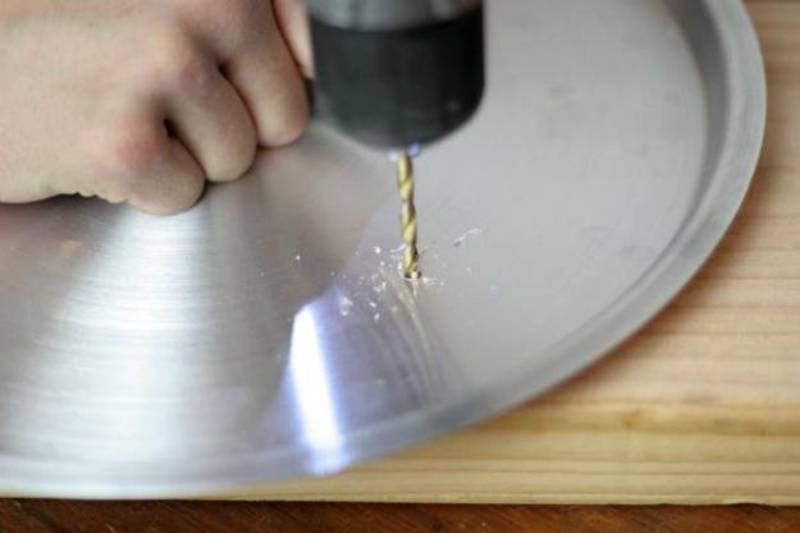
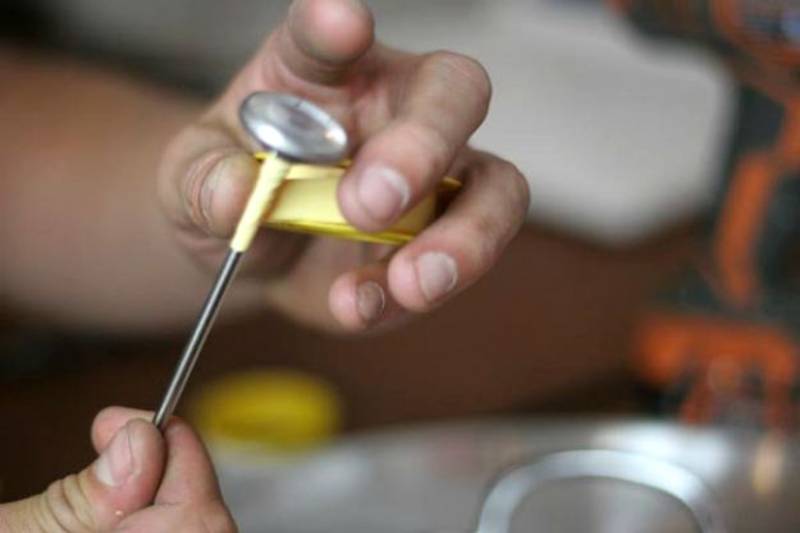
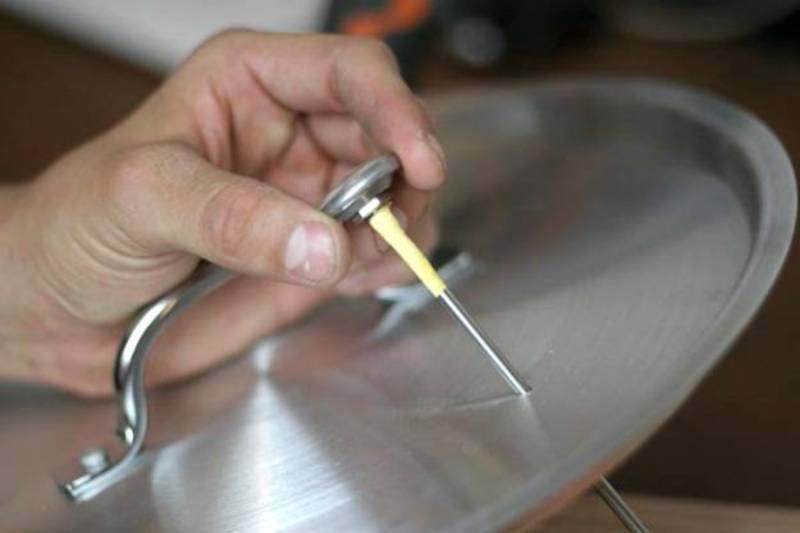
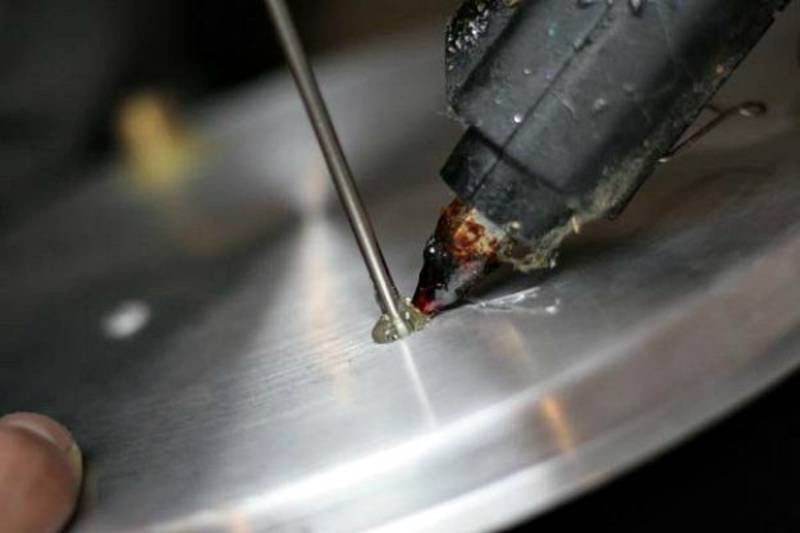
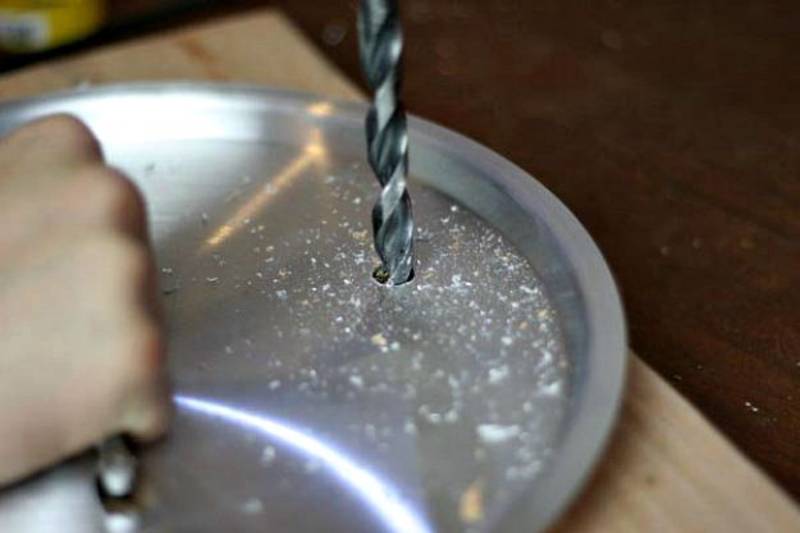
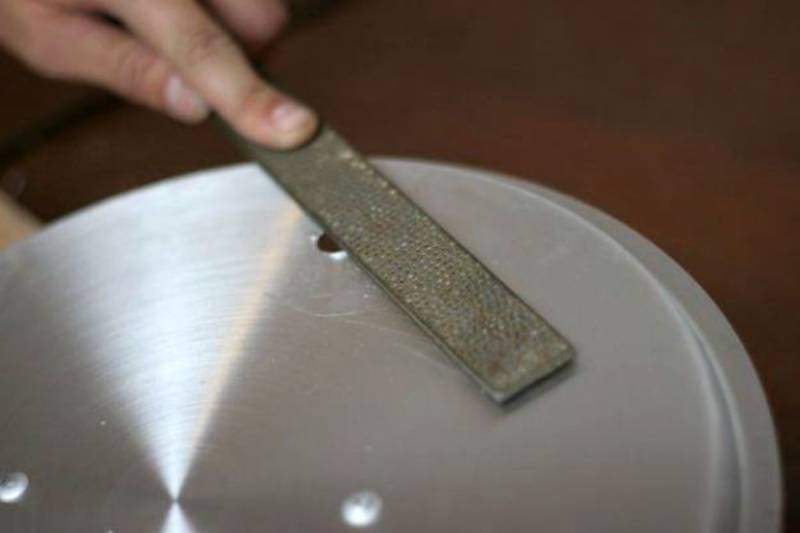
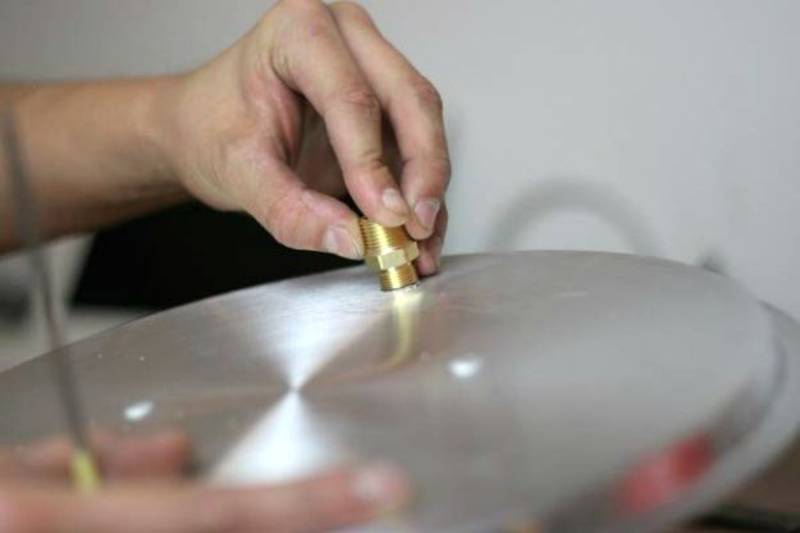
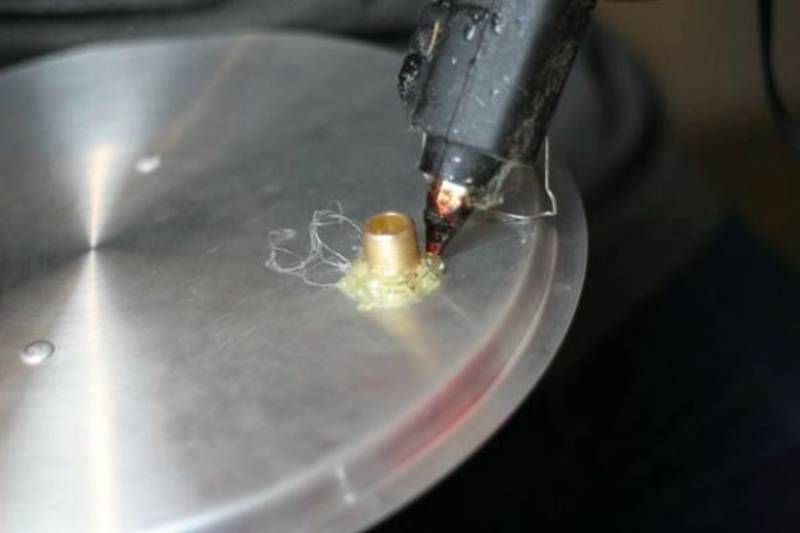
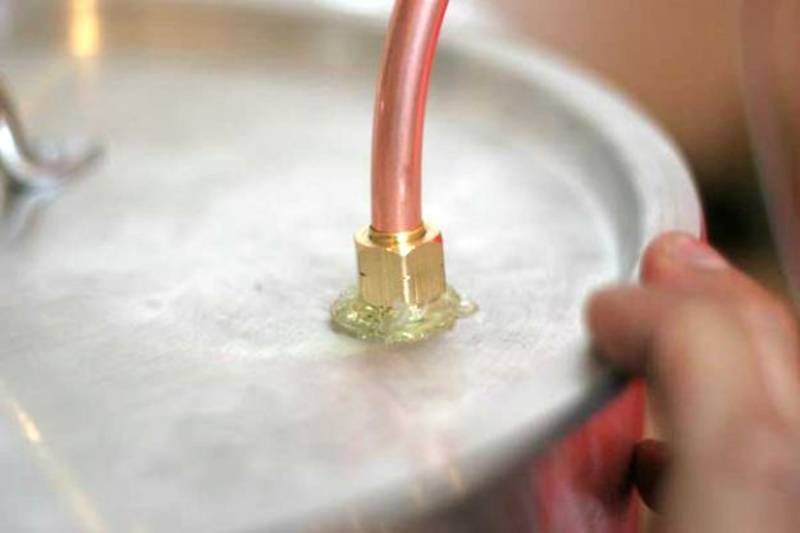
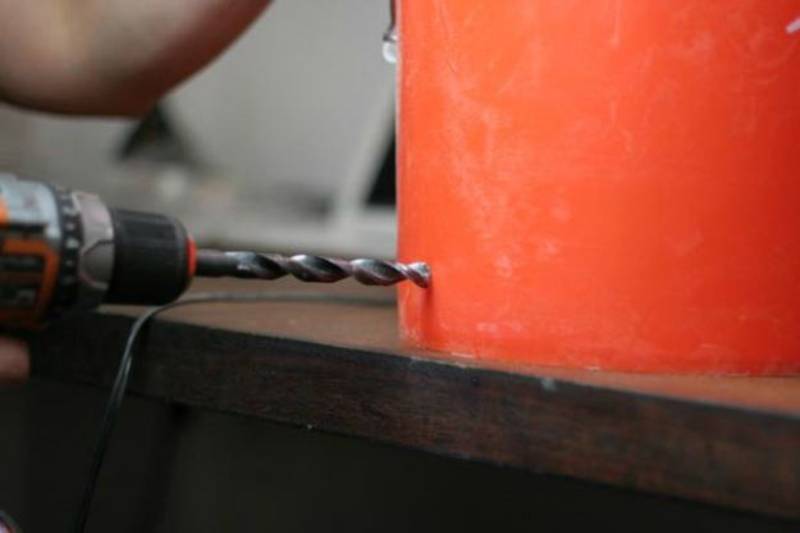
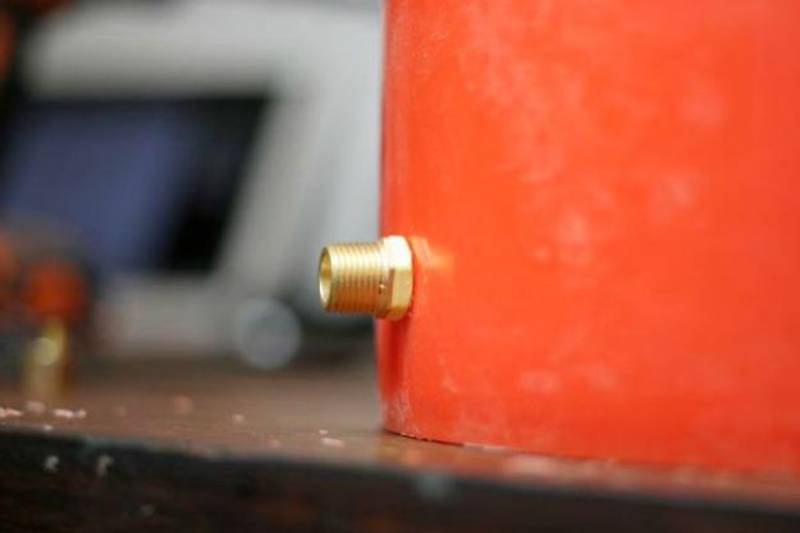
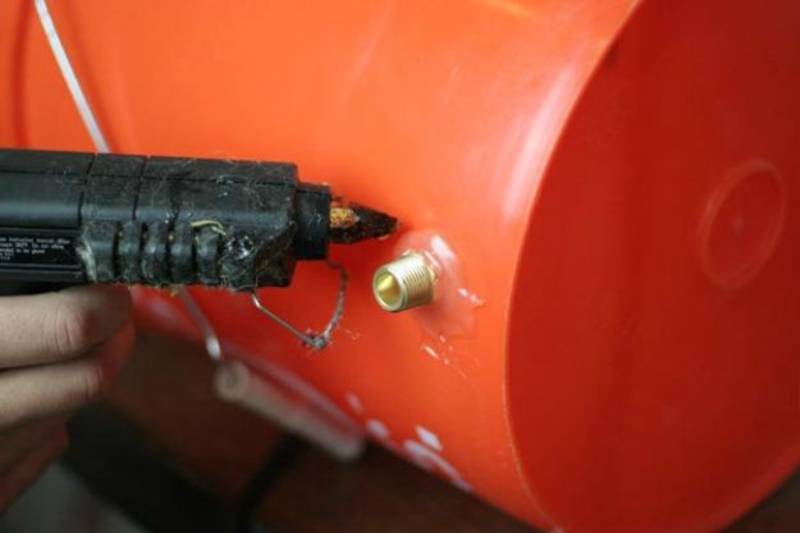

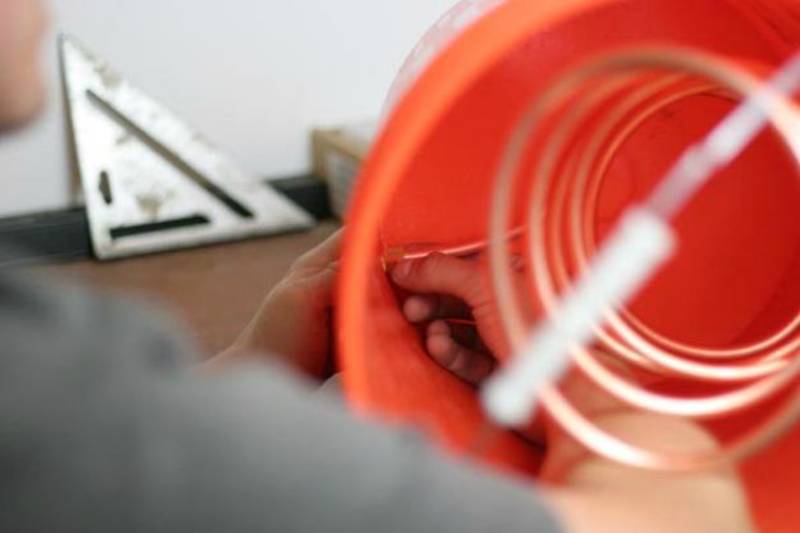
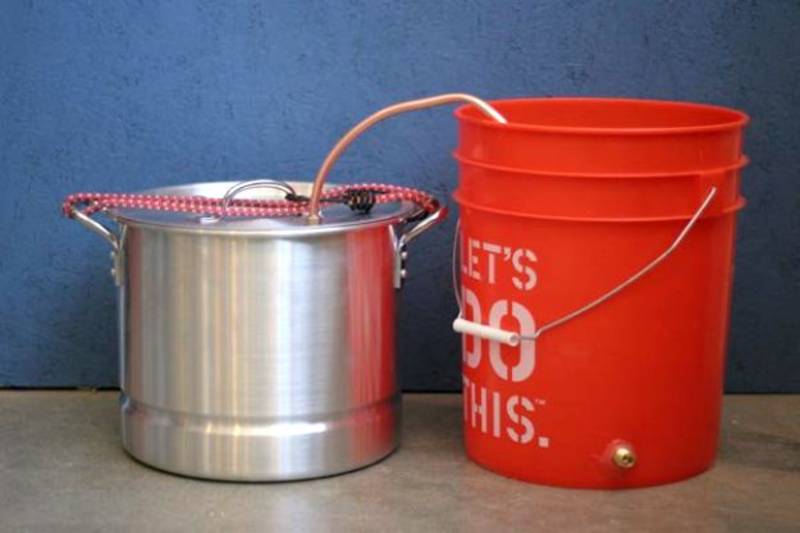
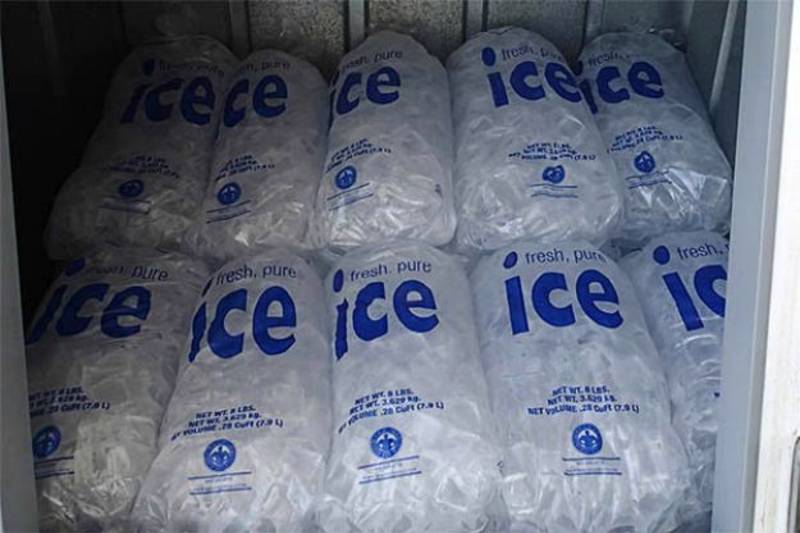




My family has a few old time moonshiners among it’s members. I remember a talk I had with my grandfather back in the 70’s and he specifically told me that the only kind if metal to use on a still is copper or stainless steel. An uncle told me that many metals (including aluminum) would leach poisons or other harmful contaminates into your finished product when applying steam, pressure, heat and alcohol. He said it was a chemical reaction that could kill. What was told to me could be just their opinions but I saw a video on YouTube that was giving instructions on making a still and whiskey and it gave the same warning about using aluminum. Have you done any research as tot eh safety of using aluminum?
I have heard and read the same thing. I would need to see SOLID documentation to be convinced to use anything but Stainless or copper.
I learned, years ago, that heated aluminum is linked to alzheimers.
Interesting project,to make things a bit easier use epoxy to secure the thermometer or expansion fitting,in the winter leave the heat in the shelter and use snow or ice
I suggest you call it a cooling coil (not refrigeration) & tell readers to only use plumbing copper as refrigeration copper has an oil coating inside (that is toxic) to prevent CFC bleedthrough under pressure. Just sayin ;))
When I was in high school I made such a still. It worked great! The first thing I distilled was beer. I don’t know what the distillate was, but it burned with an almost colorless flame and tasted awful.
Instead of a 5 gallon bucket, I had two copper tubes in contact. Tap water flowed through one, the vapor through the other. That made it much easier to position on the stove because the water could be supplied and drained through flexible hoses. If you do it this way, make the water and the vapor pass through the heat exchanger in opposite directions.
this is a good guide, but there’s one glaring issue and two other small ones. the big one is that you should absolutely not use an aluminum pot. stainless steel or copper ONLY. as for the smaller issues, using hot glue on something like this is a very poor idea. use high temperature silicone sealant instead. also, if you’re making moonshine, and if you’re reading this you probably are, you probably want a seal between your pot and your lid, unless you want your alcohol vapors to leak out and possibly explode. probably.
Am reminded of a Bob Dylan tune: “Get you a copper kettle. Get you a copper coil. Fill it with new-made corn mash, and you never more will toil.” http://www.azlyrics.com/lyrics/bobdylan/copperkettle.html
From what I’ve read there are 4 things that you should be concerned about:
1.) If you live in a residential area your neighbors are going to be alerted to what your doing by the smell. They may not know that it’s coming from your house, or know exactly what you’re doing, but they’re going to be alarmed and could potentially call someone on it.
2.) Distilling is very dangerous. Although you might see people in videos doing it in their house, it is highly combustible. You should be doing it in a well ventilated area.
3.) Once the Still starts producing there is a certain amount that should be discarded. It’s equivalent to Acetone, and can cause serious damage if ingested. Do your homework before attempting this on your own!
4.) Distilling, even for private use, requires a Federal permit. I’m just pointing this last one out. You’re your own person. Do what you want.
Do these guys have your permission?
They stole content from me
http://www.survivalkit.com/blog/make-still-self-reliance/
Hi Alan,
Oh my gosh! No we had no idea. Generally, this is not allowed by our terms of use. We have had issues with them taking our content on some of our sister sites. While he gave us a back-link to our site – he did not provide a backlink to that particular post. We are going to message them and ask for our content to be properly credited back to the source.
Thank you for messaging us
-diyready
Nice post
I made a still like this (for camping fuel 🙂 ;)) instead of ice I drilled a hole in the upper part of the bucket with a right angle fitting and a pipe down to the sink. Then I just run a constant flow of cold water into the bottom. Works great!!
Nice post thanks fr sharing
Great writup… Keep it up!
Wow… Very interesting
Great writup Keep it up!
I think i love this
its an interesting piece
Скрытая сеть, представляет собой, тайную, платформу, в, сети, доступ к которой, осуществляется, по средствам, определенные, программы и, технические средства, обеспечивающие, скрытность пользователей. Одним из, этих, средств, считается, браузер Тор, который обеспечивает, обеспечивает защиту, защищенное, подключение, к даркнету. С помощью, его, сетевые пользователи, имеют возможность, незаметно, заходить, веб-сайты, не отображаемые, обычными, поисковыми системами, позволяя таким образом, среду, для организации, разносторонних, нелегальных действий.
Киберторговая площадка, в свою очередь, часто ассоциируется с, темной стороной интернета, как, рынок, для осуществления обмена, киберугрозами. На данной платформе, можно, получить доступ к, разные, непозволительные, вещи, начиная от, наркотических средств и огнестрельного оружия, заканчивая, хакерскими действиями. Ресурс, предоставляет, крупную долю, шифрования, и, защиты личной информации, это, предоставляет, ее, желанной, для тех, кого, стремится, предотвратить, наказания, от правоохранительных органов.
Безопасность в сети: Реестр переходов для Tor Browser
В эпоху, когда вопросы неразглашения и сохранности в сети становятся все более важными, многочисленные пользователи обращают внимание на средства, позволяющие сберечь невидимость и противостояние личной информации. Один из таких инструментов – Tor Browser, основанный на платформе Tor. Однако даже при использовании Tor Browser есть вероятность столкнуться с ограничением или фильтрацией со стороны Интернет-поставщиков или цензоров.
Для преодоления этих ограничений были созданы мосты для Tor Browser. Переправы – это уникальные серверы, которые могут быть использованы для пересечения блокировок и снабжения доступа к сети Tor. В представленном тексте мы рассмотрим каталог переправ, которые можно использовать с Tor Browser для обеспечивания достоверной и секурной анонимности в интернете.
meek-azure: Этот мост использует облачную платформу Azure для того, чтобы переодеть тот факт, что вы используете Tor. Это может быть полезно в странах, где поставщики интернет-услуг блокируют доступ к серверам Tor.
obfs4: Мост обфускации, предоставляющий средства для сокрытия трафика Tor. Этот мост может действенно обходить блокировки и цензуру, делая ваш трафик неотличимым для сторонних.
fte: Переправа, использующий Free Talk Encrypt (FTE) для обфускации трафика. FTE позволяет переформатировать трафик так, чтобы он представлял собой обычным сетевым трафиком, что делает его затрудненным для выявления.
snowflake: Этот переправа позволяет вам использовать браузеры, которые поддерживаются расширение Snowflake, чтобы помочь другим пользователям Tor пройти через запреты.
fte-ipv6: Вариант FTE с поддерживающий IPv6, который может быть востребован, если ваш провайдер интернета предоставляет IPv6-подключение.
Чтобы использовать эти переправы с Tor Browser, откройте его настройки, перейдите в раздел “Проброс мостов” и введите названия подходов, которые вы хотите использовать.
Не забывайте, что результативность мостов может изменяться в зависимости от страны и провайдера интернет-услуг. Также рекомендуется регулярно обновлять каталог мостов, чтобы быть уверенным в результативности обхода блокировок. Помните о важности секурности в интернете и осуществляйте защиту для сохранения своей личной информации.
Тор-поиск является сильным инструментом для обеспечения конфиденциальности и секретности в вебе. Однако, иногда люди могут попасть в с сложностями доступа. В тексте мы изучим вероятные предпосылки и выдвинем варианты решения для исправления сбоев с подключением к Tor Browser.
Проблемы с интернетом:
Решение: Проверка ваше соединение с сетью. Проверьте, что вы соединены к локальной сети, и отсутствуют ли затруднений с вашим провайдером.
Блокировка инфраструктуры Тор:
Решение: В некоторых частных государствах или системах Tor может быть прекращен. Попробуйте применять переправы для пересечения запретов. В установках Tor Browser выделите “Проброс мостов” и применяйте инструкциям.
Прокси-серверы и ограждения:
Решение: Проверьте конфигурации прокси-сервера и файервола. Убедитесь, что они не запрещают доступ Tor Browser к сети. Модифицируйте параметры или временно отключите прокси и брандмауэры для проверки.
Проблемы с самим программой для просмотра:
Решение: Убедитесь, что у вас установлена последняя версия Tor Browser. Иногда обновления могут распутать сложности с входом. Попробуйте также перезапустить обозреватель.
Временные отказы в Тор сети:
Решение: Подождите некоторое время и делайте попытки войти после. Временные сбои в работе Tor способны случаться, и они обычно исправляются в сжатые сроки.
Отключение JavaScript:
Решение: Некоторые из веб-сайты могут ограничивать проход через Tor, если в вашем приложении включен JavaScript. Проверьте временно остановить JavaScript в настройках программы.
Проблемы с антивирусным ПО:
Решение: Ваш защитное ПО или брандмауэр может прекращать Tor Browser. Удостоверьтесь, что у вас нет ограничений для Tor в параметрах вашего защитного ПО.
Исчерпание памяти компьютера:
Решение: Если у вас запущено много веб-страниц или задачи, это может вести к израсходованию памяти устройства и сбоям с входом. Закройте избыточные вкладки или пересоздайте обозреватель.
В случае, если проблема с доступом к Tor Browser остается, заходите за помощью и поддержкой на официальной дискуссионной площадке Tor. Специалисты смогут подсказать дополнительную поддержку и последовательность действий. Помните, что секретность и анонимность зависят от постоянного внимательного отношения к мелочам, следовательно отслеживайте нововведениями и поддерживайте поручениям сообщества Tor.